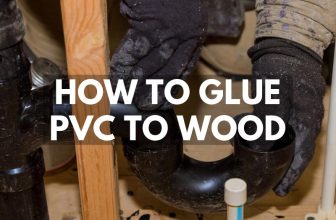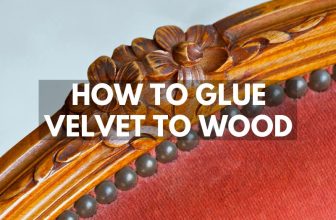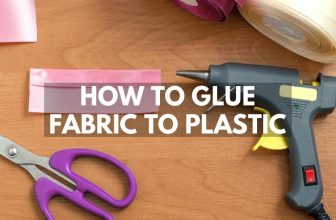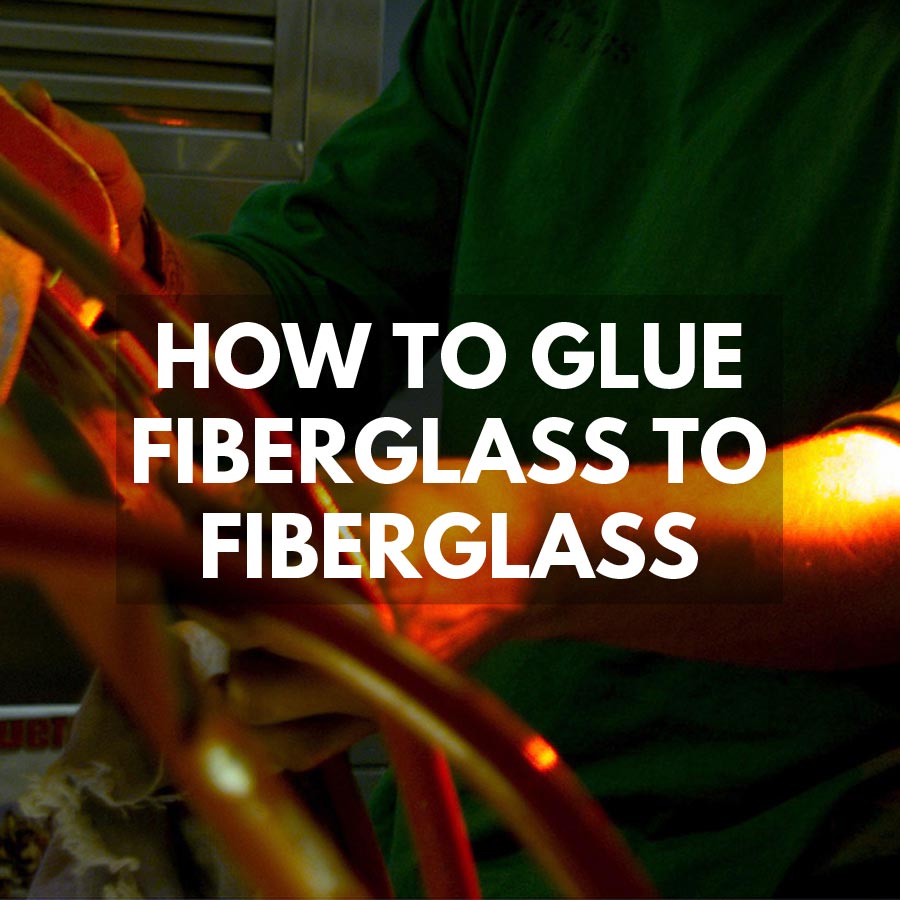
How to Glue Fiberglass to Fiberglass
In this guide on how to glue fiberglass to fiberglass we go through the different types of glue that work on fiberglass and how to prepare, bond, and cure the surfaces together, You will quickly see that gluing fiberglass together is easier than you might think.
Gluing fiberglass to fiberglass requires simple to advanced adhesives including superglue, epoxy resin, and 2-part polyurethane adhesive. Each level of adhesive will be great for time limitations and structural needs.
Preparing fiberglass surfaces will need simple surface prep to ensure the gluing surface has sufficient contact. There will be the need for clamping if the room temperature or gluing conditions become problematic.
Each of these adhesives is excellent in its own respect, but only one will be best for the overall needs when these apply to long-term situations. These fiberglass adhesives are also based on budget-priced solutions that are ideal for DIY usage and hobby enthusiasts.
What Glue Can You Use for Fiberglass to Fiberglass?
Here are the three top types of glue we would use if trying to stick fiberglass to fiberglass permanently:
Super Glue
There are different brands of superglue which include gel formulations and liquid drops. This adhesive is pressure-sensitive and begins to cure when two surfaces are pressed together for a few seconds. When working surfaces are larger, it’s preferred to use a gel formula that can be spread over larger surfaces before surfaces are bonded together. When smaller surfaces are being glued, only a small amount of liquid super glue is used.
There is very little preparation done to fiberglass surfaces before they are bonded together. Unlike other glues, superglue can be easily dissolved if surfaces are glued improperly using a solvent like acetone.
Epoxy Resin
Epoxy resin is a cost-effective solution that can be purchased in small kits and has variable curing times. The most typical epoxy systems are 5-minute and 1-hour setting times, however, some advanced systems take several hours to totally cure. These all consist of two components that are equally mixed together and chemically react to create a permanent bond between fiberglass surfaces.
Epoxy resin will need minimal clamping to ensure that there are no misaligned pieces that are being glued. It will be advised to have a post-cure for at least 1 day to get the best adhesion possible.
Polyurethane 2-Part Adhesive
Not all polyurethane adhesives are single component glues like Gorilla Glue or Titebond. Some brands that are meant for automotive and construction applications allow for some degree of flexibility and have better chances for movement if used for boat hulls and airplane wings. It’s also a better application whenever there is water involved or submerged within water.
A good brand of 2-part polyurethane adhesive includes Permabond PT 326, Loctite UK 8309, and 3M SMC fiberglass repair kit. These mix in equal parts like epoxy and take 15 to 24 hours to complete the chemical cure.
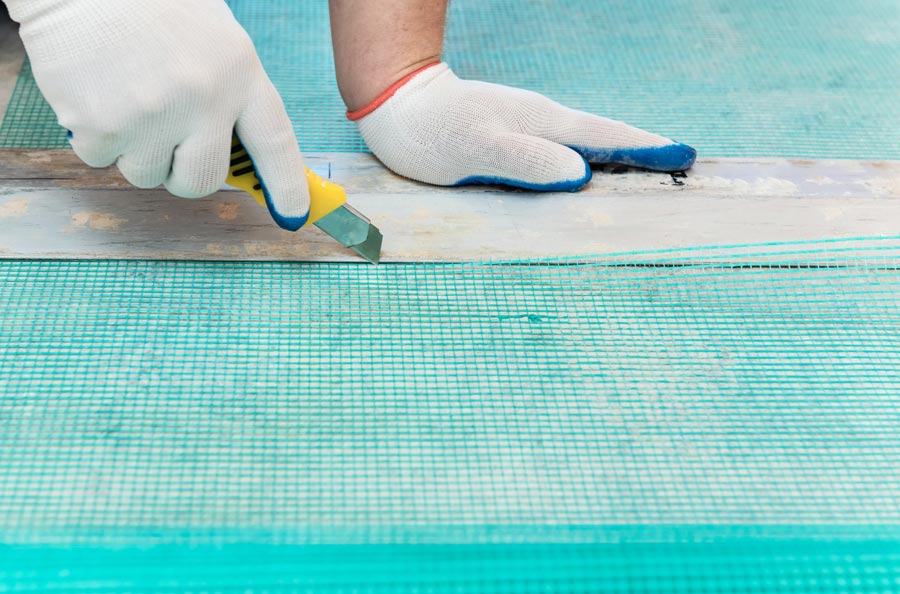
How to Prepare Fiberglass to Fiberglass Before Gluing
Fiberglass surfaces are best prepared when the surface that is being glued is equally flat without any lumps or bumps. Using a flat sanding block with 250 to 300-grit sandpaper is best to create a rough but flat surface. These surfaces must be dust-free and cleaned using acetone to clear off any leftover fiberglass resin. If pieces are slightly warped or curved, the surfaces being glued need to be clamped so they fit together with a little gap in between.
Spring-loaded clamps are good especially when small blocks of wood under the clamps help distribute the pressure evenly.
How to Apply Glue for Fiberglass to Fiberglass
Super glue is the hardest to apply since this is pressure sensitive. A gel formula is easier to spread on large pieces whereas a liquid version works best on small pieces. These can be applied using the drip bottle or squeeze tube. Using the application tip will help spread the super glue faster. Epoxy resin and 2-part polyurethane glue can be applied using a spreading stick or plastic spreader that is used for spackle.
Always use rubber gloves to keep these adhesives off of exposed skin and fingers. 2-part Polyurethane adhesive typically comes from special application tubes that are mixed in equal parts and then applied. It will be thicker than epoxy and appears similar to a thick paste.
How to Cure Fiberglass to Fiberglass Glue
The only adhesive that instantly adheres fiberglass to fiberglass is super glue. It will be better to let these surfaces cure for no less than 5-hours. The fumes from superglue also work better in a room that has good ventilation. Epoxy resin and 2-part polyurethane need a warm room to help the glue cure within 24 hours on average. Be careful to not exceed more than 85 degrees Fahrenheit which can cause fiberglass to warp during the curing stage.
As long as two fiberglass pieces are being glued on a vertical surface, they must be clamped at all times to prevent the pieces from sliding from their desired position.
Which is the Best Glue to Use?
When working on a tight budget, super glue is a great choice for having an immediate bonding solution. Fiberglass surfaces readily accept superglue as a long-term solution and can be separated if a stronger adhesive is required later. Epoxy resin is moderately priced and is best for strength and a bond that won’t pop apart like super glue. When precision is a must, 2-part polyurethane adhesive is best for any parts that require flexing of any kind.







